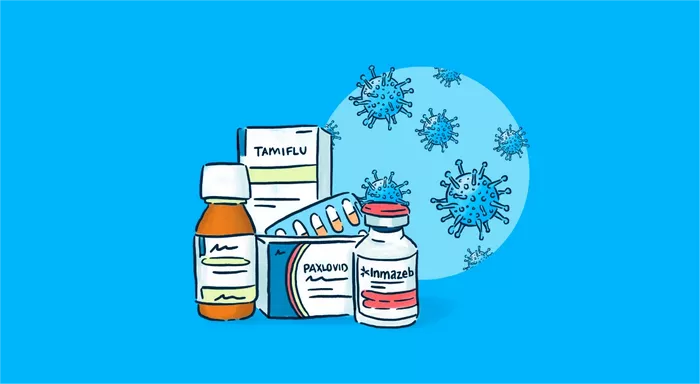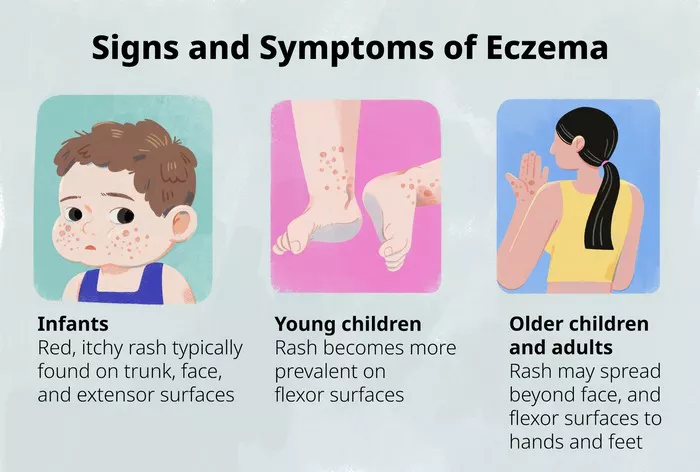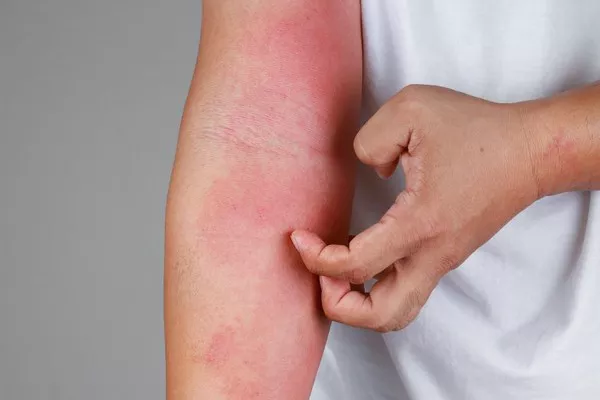Shingles, also known as herpes zoster, is a viral infection caused by the reactivation of the varicella-zoster virus, the same virus responsible for chickenpox. This painful rash typically appears as a single stripe of blisters that wraps around either the left or right side of the torso, although it can occur anywhere on the body. Shingles can cause severe discomfort and complications, making prompt and effective treatment crucial for managing symptoms and preventing further health issues.
While there is no cure for shingles, medications play a vital role in alleviating pain, reducing inflammation, and speeding up the healing process. Understanding the various medications used to treat shingles is essential for both patients and healthcare professionals to ensure the most appropriate management plan is implemented. In this comprehensive guide, we will explore the medications commonly prescribed for shingles, their mechanisms of action, potential side effects, and other relevant considerations.
Antiviral Medications
Antiviral medications are the cornerstone of treatment for shingles. They work by inhibiting the replication of the varicella-zoster virus, thereby reducing the severity and duration of the outbreak. These medications are most effective when started within 72 hours of the onset of symptoms, although they may still provide some benefit if initiated later.
1. Acyclovir (Zovirax): Acyclovir is one of the oldest and most widely used antiviral drugs for the treatment of shingles. It is available in oral, intravenous, and topical formulations. Oral acyclovir is typically taken five times daily for seven to ten days, while intravenous administration may be necessary for severe cases or individuals who are unable to take oral medications. Topical acyclovir cream can be applied directly to the affected area several times a day.
2. Valacyclovir (Valtrex): Valacyclovir is a prodrug of acyclovir, meaning it is converted into acyclovir in the body. This medication has the advantage of less frequent dosing compared to acyclovir, with most patients taking it only three times daily. Valacyclovir is available in oral form and is typically prescribed for seven to ten days.
3. Famciclovir (Famvir): Famciclovir is another antiviral medication used to treat shingles. Like valacyclovir, it is a prodrug that is converted into its active form (penciclovir) in the body. Famciclovir is taken orally and is usually administered three times daily for seven to ten days.
Pain Management Medications
In addition to antiviral therapy, pain management is a crucial aspect of shingles treatment, as the condition can cause significant discomfort and neuralgia (nerve pain). Various medications may be prescribed to alleviate pain and improve the patient’s quality of life.
1. Analgesics: Over-the-counter pain relievers such as acetaminophen (Tylenol) or nonsteroidal anti-inflammatory drugs (NSAIDs) like ibuprofen (Advil, Motrin) can help reduce mild to moderate pain associated with shingles. These medications work by blocking the production of prostaglandins, chemicals in the body that promote inflammation and pain.
2. Anticonvulsants: Certain anticonvulsant medications, such as gabapentin (Neurontin) and pregabalin (Lyrica), have been found to be effective in treating neuropathic pain, including the nerve pain associated with shingles. These drugs work by stabilizing abnormal electrical activity in the brain and nerves, thereby reducing pain signals.
3. Tricyclic Antidepressants: Tricyclic antidepressants like amitriptyline (Elavil) and nortriptyline (Pamelor) are another class of medications commonly used to manage neuropathic pain. While these drugs were originally developed to treat depression, they have since been found to be effective in alleviating chronic pain conditions by increasing the levels of certain neurotransmitters in the brain.
Corticosteroids
Corticosteroids, such as prednisone, may be prescribed in some cases of shingles, particularly when there is a risk of complications such as postherpetic neuralgia (PHN) or inflammation involving the eyes. These medications work by reducing inflammation and suppressing the immune response, which can help alleviate pain and prevent long-term complications.
However, the use of corticosteroids in shingles treatment remains controversial, as their efficacy in preventing PHN is uncertain, and they may increase the risk of certain side effects, such as immunosuppression and delayed wound healing. Therefore, the decision to use corticosteroids should be made on a case-by-case basis, weighing the potential benefits against the risks.
Topical Treatments
In addition to oral and intravenous medications, various topical treatments may be used to relieve pain and promote healing of shingles lesions.
1. Topical Analgesics: Over-the-counter creams and ointments containing ingredients such as lidocaine or capsaicin may provide temporary relief from shingles-related pain when applied directly to the affected area. These topical analgesics work by numbing the nerves or desensitizing them to pain stimuli.
2. Calamine Lotion: Calamine lotion, which contains zinc oxide and ferric oxide, can help soothe itching and irritation associated with shingles blisters. Applying calamine lotion to the rash can provide a cooling sensation and reduce discomfort.
3. Antiviral Creams: Prescription-strength antiviral creams, such as acyclovir or penciclovir, may be applied directly to shingles lesions to accelerate healing and reduce viral shedding. These creams are most effective when used early in the course of the infection.
Immunization
While not a medication for treating active shingles outbreaks, vaccination plays a crucial role in preventing shingles and its complications. The shingles vaccine, also known as Zostavax, was the first vaccine approved for the prevention of shingles in adults aged 50 and older. However, it has been largely replaced by a newer and more effective vaccine called Shingrix.
Shingrix is a recombinant subunit vaccine that provides greater protection against shingles and postherpetic neuralgia than Zostavax. It is recommended for adults aged 50 and older, including those who have previously received Zostavax. The vaccine is administered as a two-dose series, with the second dose given two to six months after the first dose.
Conclusion
Shingles can cause significant pain and discomfort, but prompt and appropriate treatment can help alleviate symptoms and prevent complications. Antiviral medications are the mainstay of treatment for shingles, helping to reduce the severity and duration of the outbreak. Pain management medications, such as analgesics, anticonvulsants, and tricyclic antidepressants, can also play a crucial role in relieving shingles-related pain.
In some cases, corticosteroids may be prescribed to reduce inflammation and prevent complications, although their use remains controversial. Various topical treatments, including analgesic creams, calamine lotion, and antiviral creams, can help alleviate symptoms and promote healing of shingles lesions.
Furthermore, vaccination is essential for preventing shingles and reducing the risk of complications. The Shingrix vaccine is highly recommended for adults aged 50 and older, providing greater protection against shingles than previous vaccines.
Overall, a multidisciplinary approach involving healthcare providers, pharmacists, and patients themselves is essential for effectively managing shingles and minimizing its impact on quality of life. By understanding the medications available for treating shingles and their respective roles, individuals can make informed decisions about their treatment options and work towards a speedy recovery.


























